Transmission Shifting Hard from 1st to 2nd – Reasons & Solutions
A good driver is someone whose innate instincts are so polished that he knows exactly when to take a sharp turn or when to push the brake paddle.
He is good at judging whether the child walking on the footpath is thinking about crossing the road running, but there is another quality that defines a good driver.
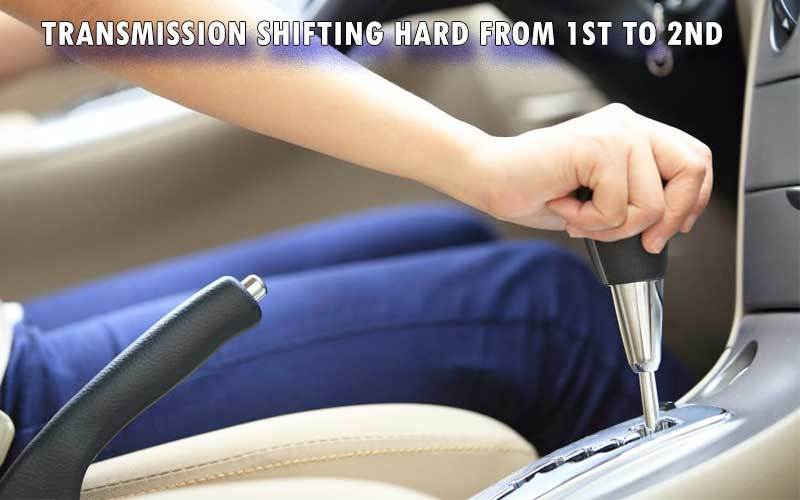
One of these problems includes transmission shifting hard from 1st gear to the 2nd. This problem should never be ignored and should immediately be looked after.
Reasons for hard transmission in automatic cars
Gear shifting problems can cost you a great fortune, and there can be several causes of this issue.
If left unchecked, it could cause permanent damage to your car and, even more dangerously, could result in an accident. It is better to repair it as quickly as possible.
The best way around it is to find the reason behind the problem. The following are some indications you should heed yourself to so as to avoid this seemingly unpleasant experience.
1. Transmission Fluid Problems
The first thing you should be looking for when you encounter transmission problems is a problem with transmission fluid. It could either be lower than its normal value or in bad condition.
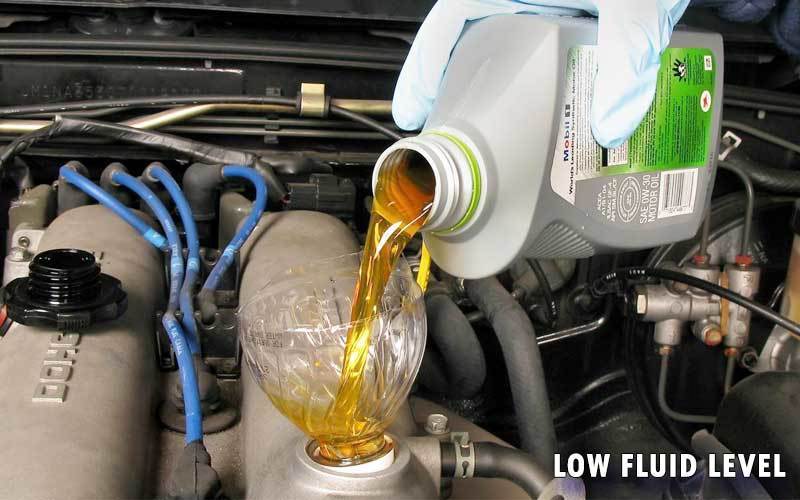
· Low Fluid Level
Low fluid level means either that you have not changed it for a considerable amount of time or there is a leakage in gasket or shaft seals.
There must be enough fluid in your transmission chamber to lubricate and ease the transmission of the gears. If it is not enough, you should consider adding some more.
The easy way to check the level of fluid is to insert a stick in the chamber and check the length of the stick covered in oil after removal.
· Damaged parts
The reason for bad transmission is also a breakage in the internal parts like gasket and shaft seal. This results in leakage of fluid hence lowering its level. Changing these parts can be expensive due to their position.
In this case, you’d rather use a transmission sealer to fill the gaps or repair the cracks. It is an easy and cost-efficient way of dealing with this issue.
Some other parts that could have failed are O-rings and piston spring. Replacing them is the solution.
Fluid leakage is a serious issue and should be taken care of. If you notice a splash of fluid underneath your car, check for a cracked gasket or bad pistons.
· Contaminated Fluid
Another reason for a lag in transmission could be impurities in the transmission fluid. If the fluid is dirty, you need to change it.
Clean transmission fluid is usually pellucid, and its color totally depends on the company. It could be reddish, bluish, greenish, or even yellowish. A good precautionary measure is to change the fluid after one lac miles of traveling.
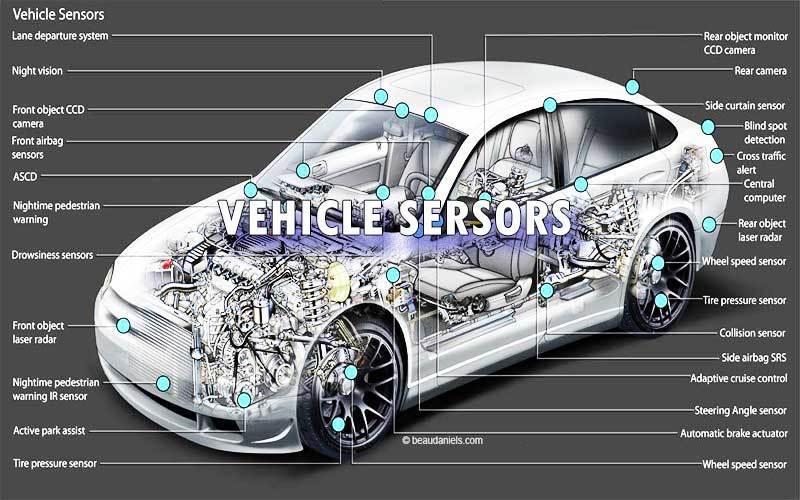
2. Malfunctioning of Sensors
With the passing days, the world is becoming more and more advanced and automated. The world of industry is slowly changing into the world of digitization.
This takes us to modern-day sensors which are installed in vehicles for several purposes. The automatic gear transmitter has many sensors that aid in shifting of gears.
These sensors work by sending and receiving signals. Problem in gear transmission can arise if there is a failure in this mechanism. If the sensor fails to receive or send the correct signals, transmission can be interrupted.
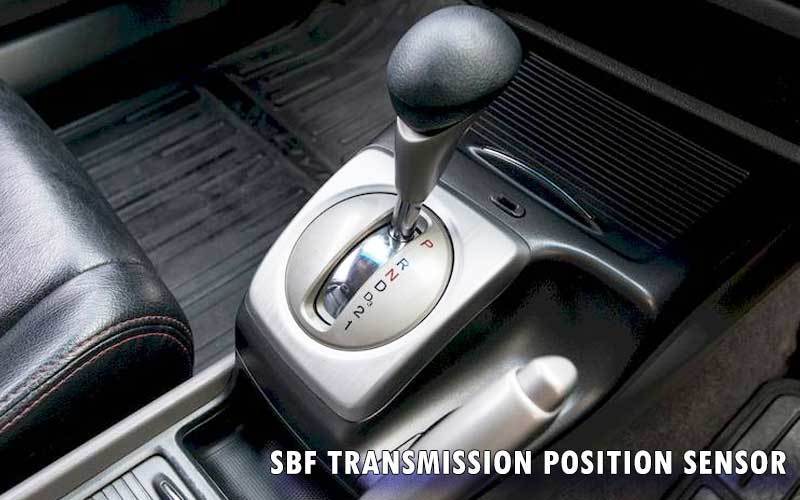
The sensor problem cannot be dealt with at home. You have to rely on professional skills in order to get rid of this issue.
3. Transmission Vacuum Modulator Problem
A vacuum modulator is basically an empty pipe that maintains a vacuum inside it. There are several vacuum hoses in a car that are used in many functions.
The vacuum modulator basically measures the amount of workload your engine is facing. It does so when the gear transmission exerts pressure on the throttling valve of the combustion cylinder.
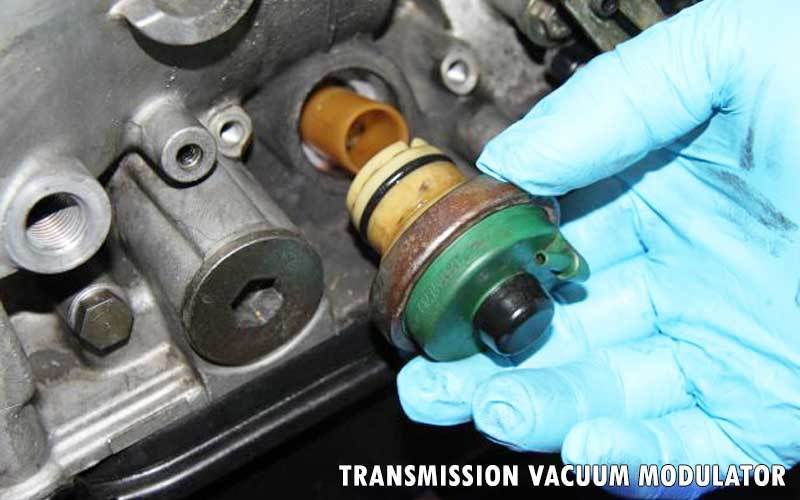
If the vacuum line is warped or broken, it results in extra pressure on the modulator and makes gear transmission difficult.
4. Damaged shifter cable
In some cars, the shifter is connected to the transmission with the help of a cable. This cable is used to align the indicator needle with the chosen gear.
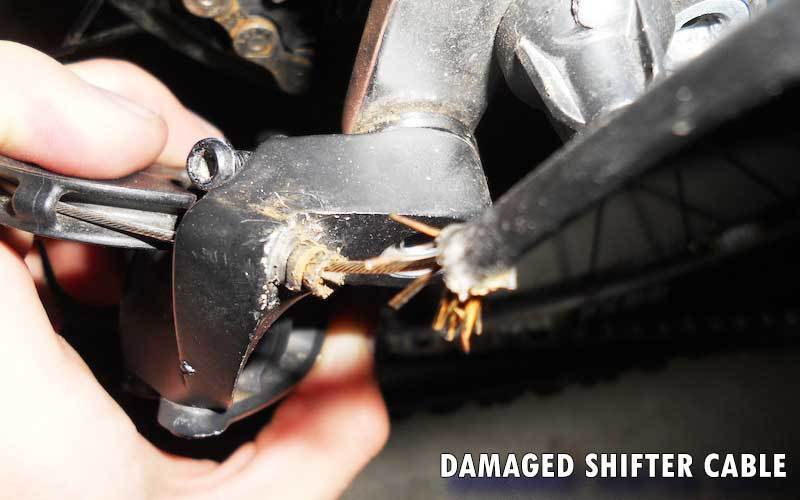
5. Adaptive Transmission
An interesting issue occurs when your car is accompanied by adaptive transmission. These units are smart and adjust the gear shifts according to your driving habits and fluid conditions.
If you have recently changed your fluid, the unit might be adjusted according to the previously contaminated fluid and change the gears according to the frictional properties of that fluid.
To fix this problem, you need to go to a mechanic who has knowledge of this system.
6. Bad Transmission during Cold Weather
When the temperature drops down, the fluid which has temperature variant flow properties will thicken and result in bad gear transmission.
In this case, opting for higher quality special synthetic fluid will relieve the problem.
Read Also: Power Stop Brakes Review
Reasons for hard transmission in manual cars
When it comes to manual cars, the hard shift means you have to use force in order to change your gear from first to the second. Manual cars have a gearbox which contains gears, gear hub and sleeves.
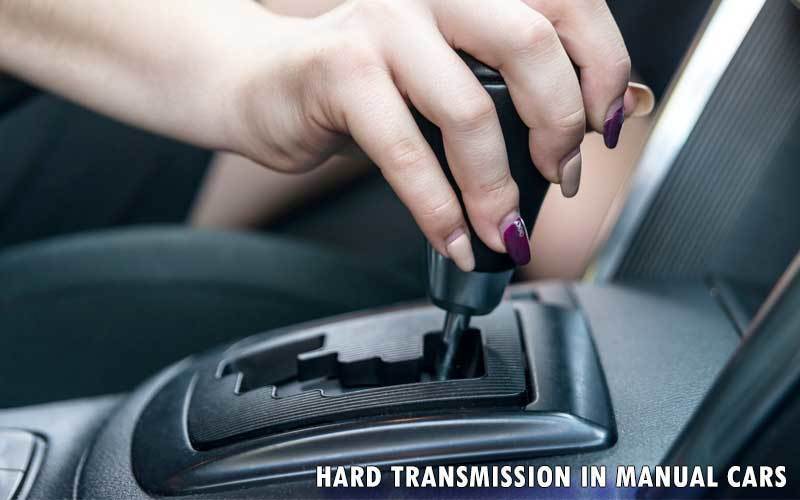
1. Fatigued Clutch
The clutch basically functions by transferring the torque from the engine to the drivetrain. The smooth movement of the vehicle and smooth shifting of gears requires a good functioning clutch.
If you are using your car roughly, it can result in a worn-out clutch. A bad clutch can effect gear transmission.
The indications of a failing clutch include a burning odor or a soft clutch.
2. Control Unit of engine
In some cases, your engine control unit might be requiring an update. It might be that the previous version had an error resulting in bad transmission.
3. Damaged Gears
The gearbox of a manual transmission car has five to six gears. If any of these gears become damaged due to some reason, then the transmission might be intruded.
The solution is this case is going to the nearest mechanic you can come by. You cannot deal with this problem yourself as the gears are located in a place of difficult access.
4. Broken Gear Hub sleeve
A geared hub is a connection between successive gears, which aids in transferring of one gear to another. The sleeve makes sure that the movement of hub gear’s teeth is parallel with the synchronizer.
If the sleeve is worn out, the movement will not be smooth, and it will create problems during gear shifting.
5. Worn out Synchronizer Ring
The synchronizer ring has numerous tiny teeth that are connected with the hub sleeve to engage it to the next gear.
If there is some type of damage in the synchronizer ring, then the motion will not be even. This will result in bad shifting of gears.
7. Lack of Gear Oil
In contrast with transmission fluid used in the lubrication of automatic car gearbox, gear oil is used for smooth rotation of gears and their relative motion.
If there is a leak in the gear oil or you have not changed it for a long amount of time, then it will produce hindrance in gear transmission.
To counter this problem, you should change the previous oil and use good quality gear oil, which is both efficient and long-lasting.
8. Gear Slipping
If your transmission box is in good condition, it will change the gear when you tell it to. But if the system slips, it will show a high rpm or take a long time to coast.
In the long term, this problem will result in seizing transmissions. This problem should also be dealt with by a professional.
Final Thoughts
We will end our discussion on hard transmission shifts here. If you notice gear shifting problems, there is a high chance that your car has to have one or more of the issues mentioned above. Access the nearest mechanic shop in your area and have it amended.
You have to be vigilant and tackle such problems at your earliest. If you don’t deal with these problems in time, then you might face permanent damage.
Please remember that no matter how costly the solution is, it can never be more expensive than your life or someone else’s!
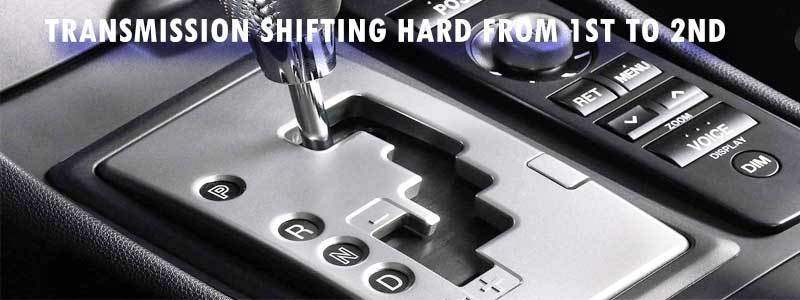

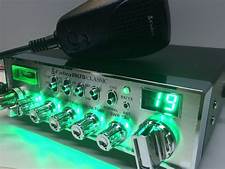



Post Comment